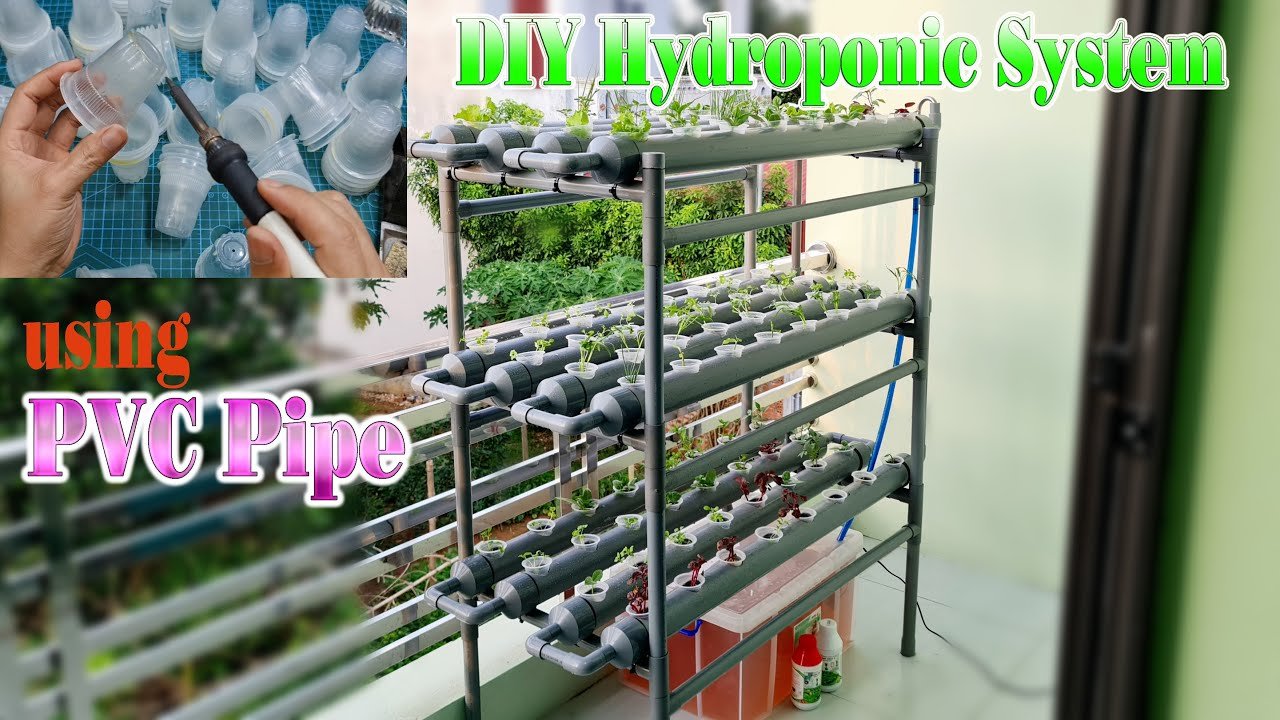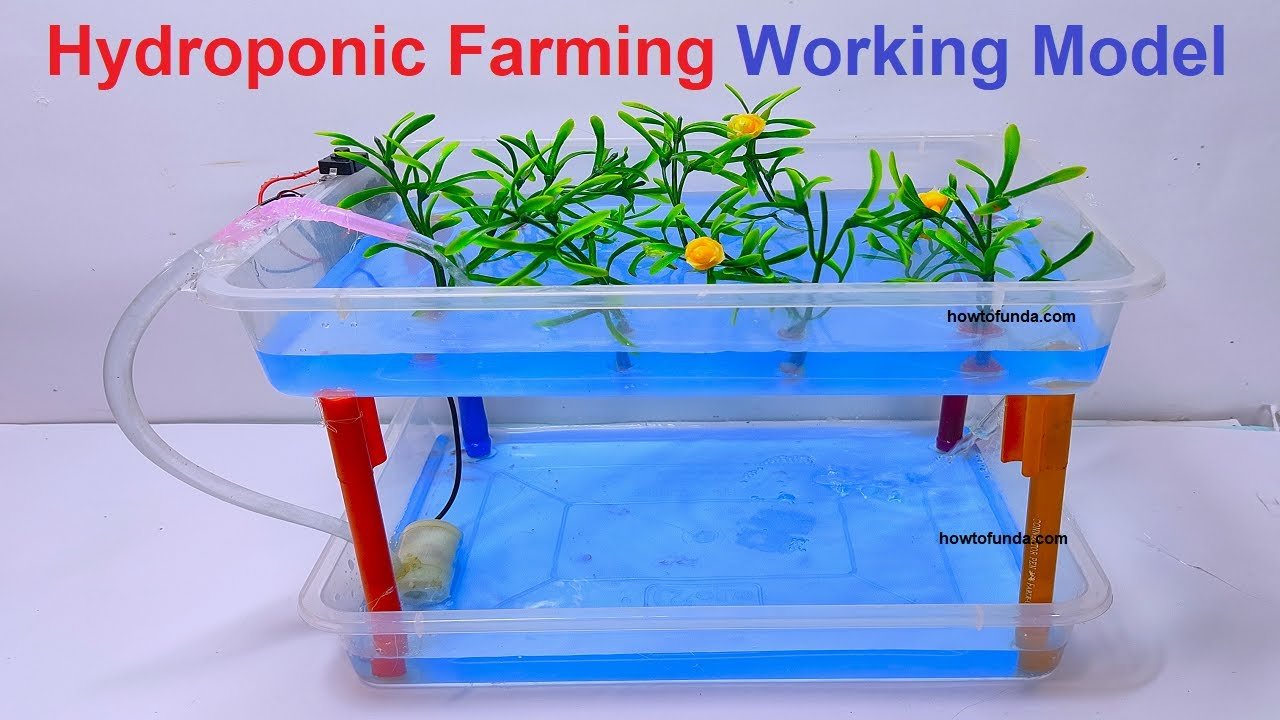The Slippery Saga of My Hydroponic Buckets
You know, life in our small town isn’t exactly known for its excitement. It’s mostly quiet mornings with coffee and a sleepy gaze at the horizon, the same few folks walking their dogs in the early light, and the occasional lively town hall meeting that somehow turns into a debate on road maintenance. But one fateful summer, I thought I’d chase a different kind of adventure right in my own backyard: I decided to build an aquaponics system. Yeah, I know. Sounds ambitious, doesn’t it?
Turning Dreams into Reality
It all started with a YouTube rabbit hole. I’d watched countless videos of folks with gleaming hydroponic buckets growing luscious herbs while little fish swam merrily below, doing their part to create some magical ecosystem. One evening, fueled by too much coffee and a desire to be the town’s first “hydroponic wizard,” I found myself squinting at the screen with excitement—what could possibly go wrong?
Armed with a few online tutorials and a sense of invincibility, I set out to my shed. It turned out I had a bunch of old buckets from the days when I’d tried to put together a compost heap, half-finished projects laying around asking to be given a new life. There were also some abandoned fish tanks taking up valuable corner space. I convinced myself they’d work perfectly for my ambitious project.
A Fishy Dilemma
As if the universe was egging me on, I found a local pet shop that had a sale on goldfish. You’d think I’d have learned about impulse decisions from the questionable purchases I made during geography class, but hey, $1 fish! Who could resist? They seemed like an excellent choice for beginners—hardy little guys capable of surviving what I affectionately dubbed “The Experiment.”
I set the buckets up with some PVC piping and gravel I scavenged from my neighbor’s yard, where he’d been trying to fix his driveway. I still remember the way I sweat over my makeshift aqua garden, feeling like a true craftsman. I even put a tiny water pump I salvaged from a fountain that never quite worked right. I was convinced that the fish and plants would thrive together, singing in a happy little ecosystem harmony.
When Things Go Slimy
Now, I thought I nailed it, but two weeks in, my triumph felt more like a joke. Walks to the backyard were becoming either a treasure hunt for the right size rubber gloves or a horror scene where a smell wafted up to greet me before I even got close. The water turned green, kind of algae-ish, and the entire setup looked like it was auditioning for a horror movie. My heart sank. Not only had the fish turned into a gooey soup, but I also noticed the plants were fighting for air with slimy tendrils growing through the sides of the buckets.
Was this how it was supposed to be? I remembered my middle school science teacher mentioning that “cleanliness is next to godliness.” He’d never mentioned "slimy is next to a total disaster." I watched in horror as one by one, my little goldfish gasped their last breaths, hovering awkwardly near the surface. I wasn’t running an aquarium; I was hosting something like a very poorly managed swamp.
Digging Deep for Solutions
I’ll admit, I nearly gave up then. The thought of scraping out the buckets and washing away the sad memories kept floating in and out. Just when I thought about throwing in the towel, I recalled an old neighbor, Mr. Thompson. He was a retired botanist who would talk my ear off whenever I had the misfortune of running into him at the local diner. But that day, I figured it was worth a shot, so I hiked over to his house, ready to pick his brain on fishy ecosystems.
Mr. Thompson listened attentively as I spilled my entire saga over iced tea on the porch. After a hearty laugh at my expense, he offered advice that I didn’t see coming: “Sometimes you just have to let it sit for a while. Give it time to find its balance. Like relationships, you know? They get slimy sometimes, too.”
I nodded, unsure if I entirely understood but hopeful nonetheless. He ruffled through some old gardening books and gifted me one about aquaponics tweaks.
Finding the Flow
Following his wisdom, I bent down, got back to cleaning out the green muck, and redefined my system. A few adjustments here and there, including adding an air stone I found tucked in my garage, and pretty soon, the water clarity began to improve. I started with fewer fish this time, allowing my fragile ecosystem to breathe a little.
Day by day, I watched with a fascination I never thought I’d possess. The plants began to grow back, clearer and greener. The smell transformed from sewage to a clean earthiness that greeted me excitedly as I stepped outside. It was a far cry from the disaster it once was. I ventured back to that pet shop and picked up a couple of hardier fish this time, ones that could handle a bit of my learning curve, perhaps karma’s way of easing my frustrations.
Lessons to Live By
Ultimately, that summer taught me more than just how to build a hydroponic system. It became about persevering through mess-ups, adapting to circumstances I hadn’t seen coming, and valuing the connections we build, even amid the sludge. If you get lost in building a new venture and find it turning a bit slimy, trust me, it’s all part of the learning process.
So if you’re sitting over that same cup of coffee, wondering if you should take that leap into the wonderful world of gardening—whatever that means for you—don’t worry about getting it perfect. Just start. You’ll figure it out as you go, and somewhere down the line, you might just stumble onto a garden that feels just right.
Thinking about it? Join the next session, where we can share our slippery stories together: Join Us Here!







Leave a Reply